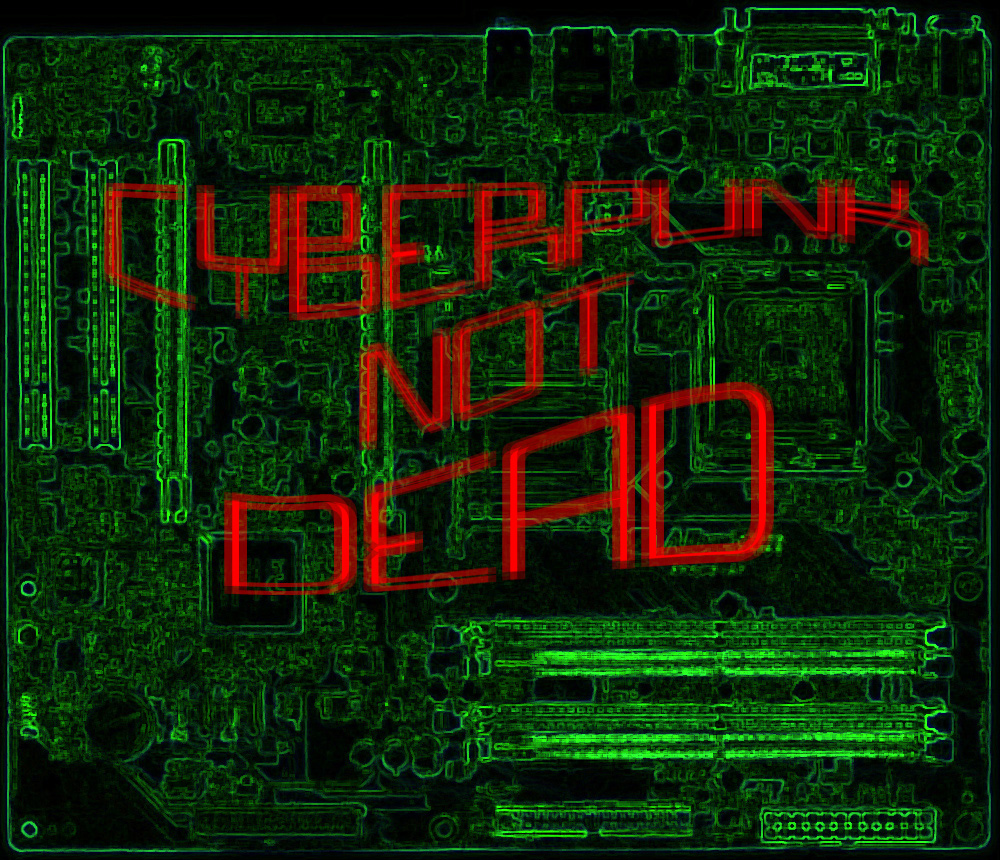 Late nights on the Neelangarai beach are frustrating. There are no lights, you can’t see anything. The sand invades every pore of your body, like the hand held metal detectors airport security tortures you with. The moon mocks you, its feeble light reflecting off the aluminium foil ocean surface. The torch light reveals hordes of crabs that scuttle from the ocean and back. For the Olive Ridley turtle these are perfect conditions to nest.
Late nights on the Neelangarai beach are frustrating. There are no lights, you can’t see anything. The sand invades every pore of your body, like the hand held metal detectors airport security tortures you with. The moon mocks you, its feeble light reflecting off the aluminium foil ocean surface. The torch light reveals hordes of crabs that scuttle from the ocean and back. For the Olive Ridley turtle these are perfect conditions to nest.
Each foot step takes enormous energy. The sand sucks at my feet, it takes twice the energy just to pull my feet out of it. The sound of the high tide had been pleasing at first, now it just grates on my nerves. The leader of the ‘turtle walk’, Dr. Supraja Dharini, ignores people who lag behind and marches on. Now and then, she explains the oddities that litter the beach, “That is a barnacle, it’s a life form that grows on wood” or “Oh, that? That’s a just a dead fish”.
Two village fishermen keep pace with the doctor, lighting the path ahead with torches. The group staggers behind the fishermen, their hope of seeing a turtle diminishing with each step. Some of us ‘walkers’ can’t carry on, “lets just get back home, it’s getting late and I’m tired” cries one. I look at my watch, it was almost eleven thirty. I want to leave as well. Maybe I could stop for a coffee on my way back, ‘at least that would liven up the night’.
One of the cones of light from the torches reveals a green dome. Four flippers brake from the surface. Blood runs from the head of the creature, forming pools of crimson in the sand. The dome is a shell. The creature, an Olive Ridley Turtle. To top it all, it is dead. A neat slit glistens from the throat of the turtle. The group stops, the sea of eyes registers shock. Chatter dies a silent death. The mood of the walkers collectively becomes grave.
Disappointment flickers on the fishermen’s faces. They had been trying to stop turtle deaths for over a year. Yet the fruit of their labour has washed up on the shore lifeless and empty. Masking their grief Mahesh and Jnanasekaran, the fishermen, take out a tape and start measuring the turtle’s body. “38 inches long, 26 inches wide, female” dictates Jnanasekaran, as Mahesh scribbles the figures on the log book they had carry. “We’ve already seen three dead turtles, in the last 10 days” exclaims Jnanasekaran.
Dr. Supraja Dharini, looks at the walkers, “The turtle must be around 17 to 25 years old. It must have got entangled in a trawler’s net that cut into its flipper and neck”. “It must have died about three days ago” she adds.
Olive Ridley turtles travel hundreds of kilometres to lay eggs in the place where they were born. The females come to the beaches in droves, to dig small pot shaped holes, where they lay their eggs. Soon after, they cover the hole with sand, flatten it out with their bodies and swim back to the ocean. Generations of these turtles return each year to nest in the beach of their birth.
The long journey of the turtle is more than just a fascinating story. It’s a living indicator of the health of the ocean. More returning turtles points to the availability of food to sustain them through their arduous travel. The availability of their food, shrimp, crabs and molluscs directly affects us. This is because these foods sustain fish as well as humans. Not only that, but entire villages depend on fish, crabs and shrimp for their lively hood. The death of turtles indicates falling catch, an economic and environmental pointer of how human growth is poisoning the seas.
The falling numbers of Olive Ridley turtles also signs to shift in ecological balance. The extinction of this species would automatically cause the death of creatures that feed on them. Also the population of shrimp, crab and molluscs would explode, causing immense damage to the delicate number game nature plays to ensure continuing life on earth as a whole.
I trudge through the sand, as these thoughts crashed on the shore of my mind. The group has grown quiet, every member still coming to terms with the turtle’s death. Mahesh signals us to stop. He slowly raised his torch, and points it towards a dark area of the sand.

A turtle had just dug up a hole. As we watched, she started laying eggs. Smiles return on the faces of the walkers. The light illuminates each egg, as it falls into the hole. The silence has ceased to be oppressive; wonder had taken its place. As we watch the number of eggs increase.
The eggs will be taken to a hatchery, where care will be taken to ensure that they are unharmed by predators or humans. After 58 days, they will hatch; the little turtles will crawl to the sea. The balance will be maintained. One day as adults they will return to give new life.
I feel as though my presence is invading the lady’s privacy. As I walk towards the car, Jane Goodall’s words come back to me, ‘each and every individual can make a difference’.
____________________________________________________________________
These Walks are Organised by The Tree Foundation, Information on the 'turtle walks' and the foundation is available here.
 le ties up with networking juggernaut MySpace to fend off the open platform in Facebook, a fundamental question still remains: how are they going to milk friends for money?
le ties up with networking juggernaut MySpace to fend off the open platform in Facebook, a fundamental question still remains: how are they going to milk friends for money?













